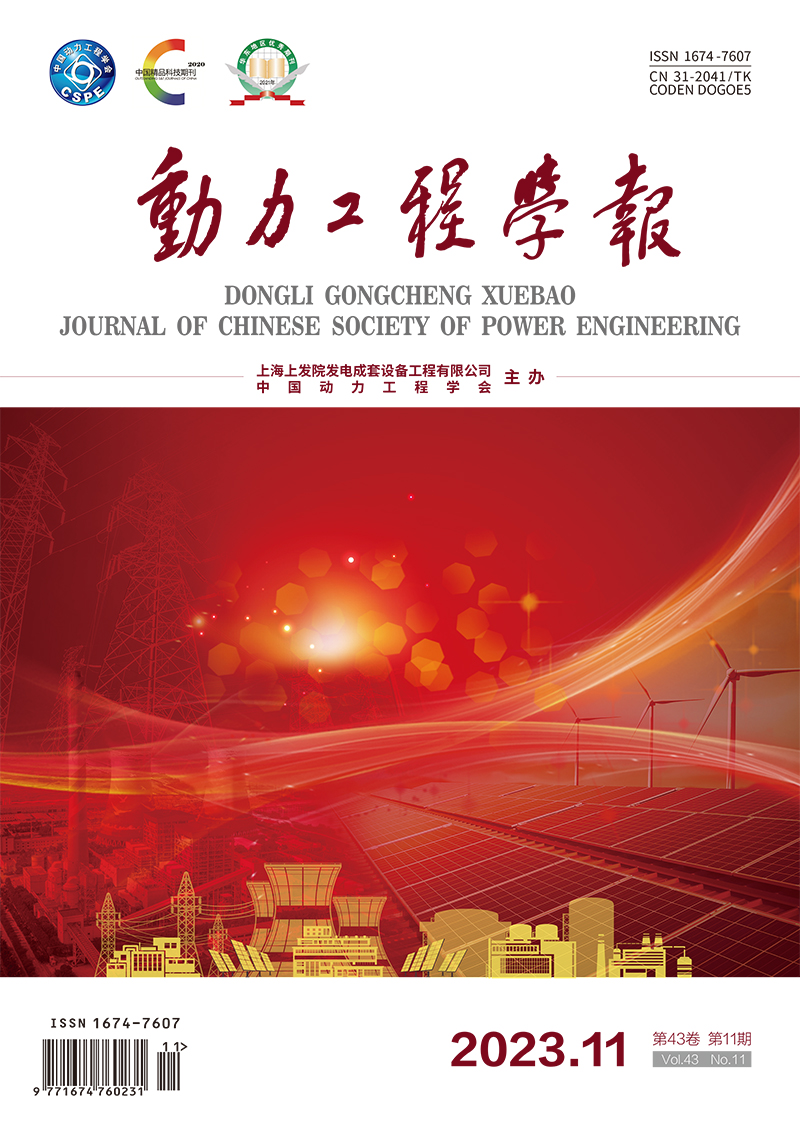Power Equipment and System
ZHANG Tao, WANG Jianguang, XIE Liming, CHEN Hao, QIAO Xin
During operation of a 660 MW supercritical steam turbine in a power plant, a large number early fracture failures of 20Cr1Mo1VNbTiB bolt of HP governing valves and IP governing valves occurred. The fracture behavior of bolts was analyzed by means of fracture analysis, composition analysis, mechanical property test and microstructure analysis. Results show that under the combined action of pre-tightening force and impact load formed by frequent action of governing valve on bolts, the TiN particles at the bottom of thread tooth with notch effect and stress concentration initiate microcracks in modes of self fragmentation, sharp corner cracking, and attachment matrix high stress distortion zone cracking, and form crack sources in series with each other. Then bolts fracture is caused by rapid crack expansion under load action. Meanwhile, large number of TiN inclusions in the structure destroys the continuity of the matrix, reduces the toughness and crack resistance of the alloy, which causes brittle fracture of the bolts. Therefore, in the process of alloy smelting, the mass of Ti in molten steel should be strictly controlled to be less than 0.1%. The size and amount of TiN precipitated phase should be controlled by optimizing the cooling rate and increasing the amount of fine oxides in steel, so as to reduce its harmful effect and achieve the real purpose of Ti alloying.
